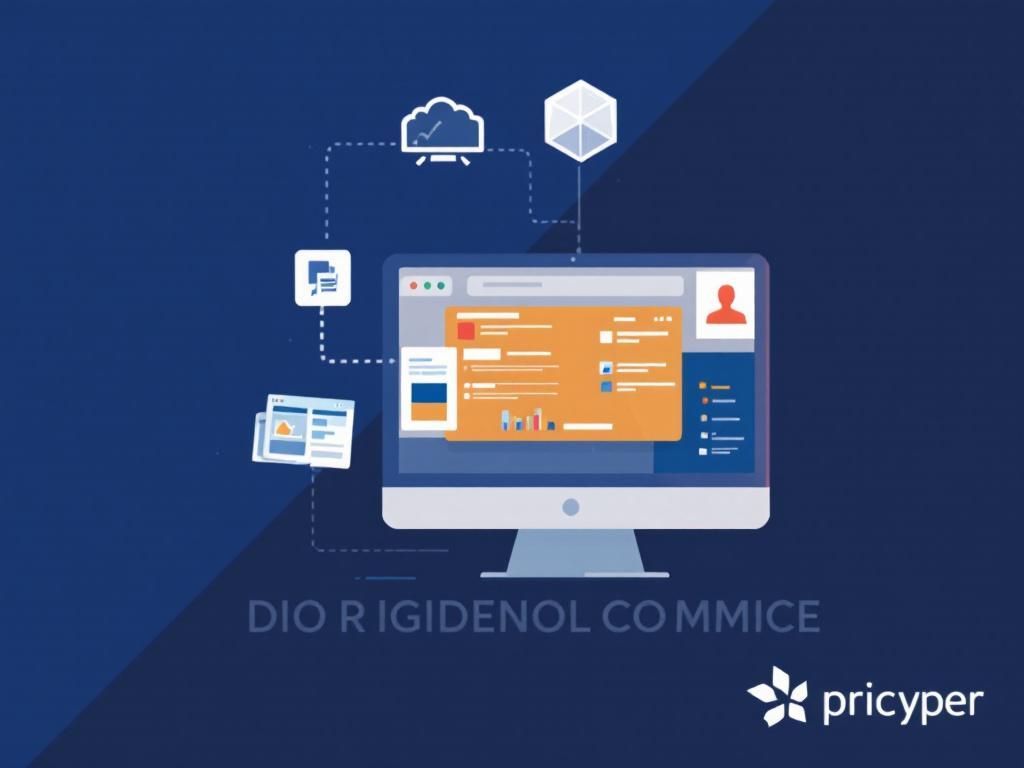Maximize Remote Work with VDI: The Ultimate Setup Guide for 2025
Discover the ultimate guide to setting up VDI for remote work in 2025. Maximize productivity and efficiency with our expert tips.

As remote work becomes increasingly popular, businesses are seeking robust solutions to ensure seamless operations, security, and productivity from anywhere. Virtual Desktop Infrastructure (VDI) is a powerful technology that allows organizations to host desktop environments on centralized servers, delivering applications and data to users over the network. This article will guide you through the essential components, setup process, and best practices for implementing VDI in your organization in 2025.
Table of Contents
Understanding VDI Technology
VDI technology has revolutionized the way employees interact with their work environments. It provides a virtualized desktop experience, allowing users to access their desktops and applications from any device with internet connectivity. Here are some key components of VDI:
- Hypervisor: The software that creates and manages virtual machines.
- Virtual Machines (VMs): Individual desktop instances that run on the host server.
- Connection Broker: Manages user connections and directs them to the appropriate VMs.
- Storage Solutions: High-performance storage systems that support the demands of multiple virtual desktops.
- Client Devices: Laptops, desktops, tablets, and thin clients used to access the VDI environment.
Benefits of Implementing VDI
Implementing VDI offers numerous benefits for organizations, especially in a remote work setting. Here’s why VDI should be on your radar:
- Increased Security: Centralized data storage reduces the risk of data breaches and makes it easier to implement security policies.
- Cost Efficiency: Reduces hardware costs as less powerful devices can be used to access VDI environments.
- Scalability: Easily scale resources up or down based on business needs.
- Flexibility: Support for various devices and operating systems enhances flexibility for employees.
- Disaster Recovery: Simplifies data backup and recovery processes due to centralized data management.
Setting Up Your VDI Environment
The following steps outline a comprehensive approach to setting up a VDI environment tailored for 2025:
Step 1: Assess Your Requirements
Before diving into the setup, evaluate your organization’s needs:
- How many users need access to the VDI?
- What applications will they require?
- What are the performance requirements for these applications?
Step 2: Choose the Right Infrastructure
Decide whether to host VDI on-premise or in the cloud. Consider the following:
| Factor | On-Premise | Cloud-Based |
|---|---|---|
| Cost | High initial investment | Pay-as-you-go model |
| Scalability | Limited by physical resources | Highly scalable |
| Maintenance | Requires dedicated IT staff | Managed by service provider |
| Control | Full control over infrastructure | Less control; relies on provider |
Step 3: Select a VDI Solution
Choose a VDI solution that fits your needs. Some popular options include:
- VMware Horizon
- Citrix Virtual Apps and Desktops
- Microsoft Azure Virtual Desktop
- Amazon WorkSpaces
Step 4: Prepare the Host Environment
Ensure your hardware meets the requirements of your chosen VDI solution. Key components include:
- Powerful servers with sufficient CPU and RAM
- Fast and reliable network infrastructure
- Scalable storage solutions (SSD recommended)
Step 5: Create Virtual Desktops
Using the management console of your VDI solution, create virtual desktops that replicate the necessary operating environments and applications for your users.
Step 6: Configure User Access
Set up user roles and permissions to ensure that each user has appropriate access to applications and data. Consider implementing:
- Single Sign-On (SSO)
- Multi-Factor Authentication (MFA)
Step 7: Optimize Performance
Test the VDI environment and monitor performance. Look for opportunities to fine-tune:
- Resource allocation
- Network settings
- User experience based on feedback
Best Practices for VDI Management
Once your VDI environment is set up, maintaining it is crucial for ongoing success. Here are some best practices:
- Regular Backups: Establish a backup schedule for virtual machines and critical data.
- Monitoring Tools: Implement monitoring tools to track performance and user experience.
- User Training: Provide training sessions for users to familiarize them with the VDI environment.
- Security Updates: Keep the VDI environment up to date with the latest patches and security measures.
Conclusion
In a rapidly evolving work landscape, adopting VDI technology can empower your organization to maximize productivity, enhance security, and foster a flexible work environment. With the proper setup and management strategies in place, VDI can become a cornerstone of your remote work infrastructure, ensuring your team can work efficiently and securely from anywhere in 2025.
FAQ
What is VDI and how does it enhance remote work?
VDI, or Virtual Desktop Infrastructure, allows users to access a virtual desktop environment remotely, providing flexibility and security for remote work setups.
What are the essential components needed for a VDI setup?
A successful VDI setup requires a robust server infrastructure, virtualization software, network security solutions, and reliable internet connectivity.
How can I ensure the security of my VDI environment?
Implementing strong access controls, regular software updates, and encryption protocols can significantly enhance the security of your VDI environment.
What are the benefits of using VDI for remote work?
VDI offers centralized management, improved data security, and the ability to access desktop environments from any device, making it ideal for remote work.
How do I troubleshoot common VDI issues while working remotely?
Common troubleshooting steps include checking network connectivity, verifying server performance, and ensuring that client devices are updated and compatible.
What future trends should I expect in VDI technology for remote work?
Emerging trends include increased integration of AI for optimizing performance, enhanced cloud capabilities, and more user-friendly interfaces for remote access.








